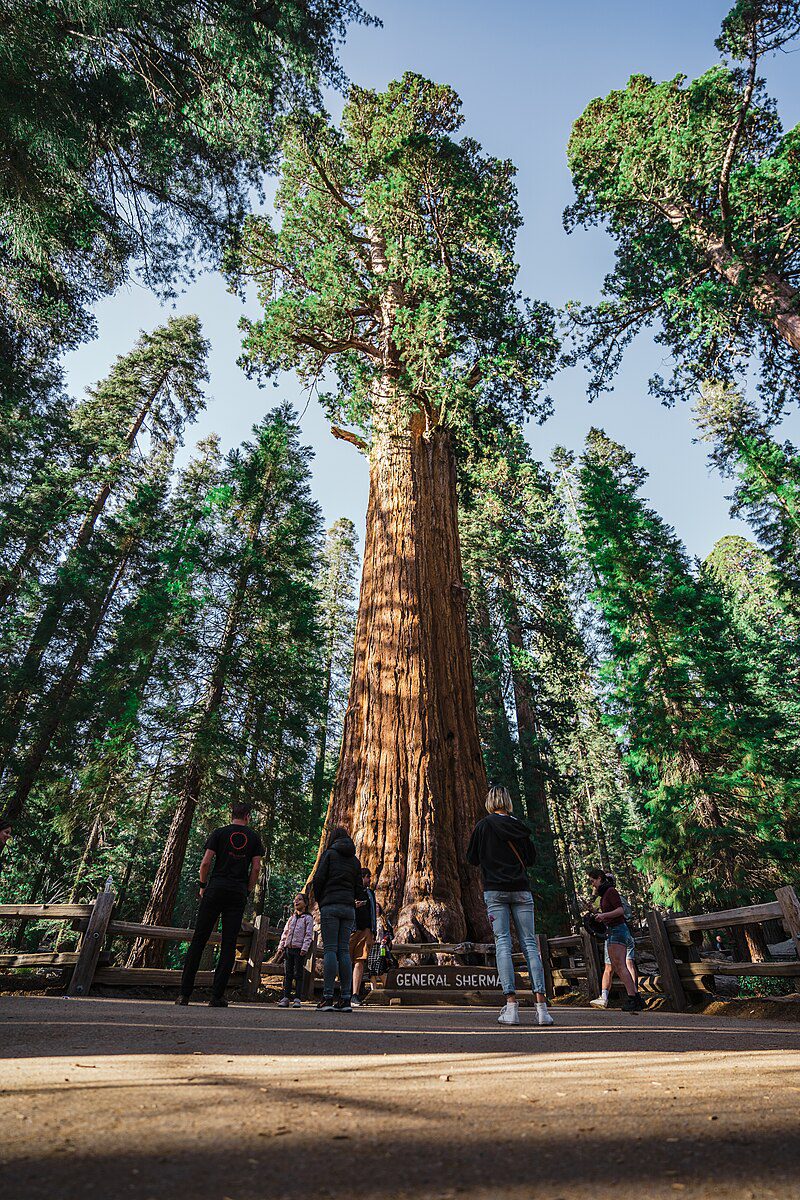The Sequoia and Baobab are iconic giant trees with distinct characteristics. The Sequoia is native to California, reaching up to 300 feet tall, while the Baobab is found in Africa, Madagascar, and Australia, reaching heights of 80 feet. Both trees play crucial roles in their ecosystems, providing habitat and resources for various animals. While the Sequoia is known for its size and longevity, the Baobab is praised for its unique trunk that stores water in arid environments. In the battle of giants, both trees deserve recognition for their ecological significance and contributions to the natural world.
Sequoia vs. Baobab: Battle of the Giants in the Plant Kingdom
Introduction
When it comes to giant trees, the Sequoia and the Baobab are two of the most iconic species in the plant kingdom. Both trees are known for their immense size and longevity, but they come from very different parts of the world and have distinct characteristics that set them apart. In this article, we will compare and contrast the Sequoia and the Baobab to see which one truly deserves the title of the king of the giants.
Origin and Distribution
The Sequoia, also known as the Sequoiadendron giganteum, is native to California in the United States. These trees can be found in specific regions such as the Sierra Nevada mountains, where they thrive in the mild climate and fertile soil. On the other hand, the Baobab, scientifically known as Adansonia, is native to Africa, Madagascar, and Australia. These trees are commonly found in savannas and dry, hot regions where they have adapted to survive droughts and harsh conditions.
Size and Height
The Sequoia is known for its immense size and height, with some individuals reaching up to 300 feet tall and having a trunk diameter of over 30 feet. These trees are among the tallest in the world and can live for thousands of years. In comparison, the Baobab is also a sizable tree, with some specimens reaching heights of 80 feet and having a trunk circumference of almost 50 feet. While the Baobab may not be as tall as the Sequoia, it makes up for it with its impressive girth and unique, bottle-shaped trunk.
Distinct Features
One of the most striking features of the Sequoia is its reddish-brown bark and towering presence. These trees have a straight trunk that extends high into the sky, topped with a canopy of needle-like leaves. In contrast, the Baobab has a swollen trunk that stores water, allowing it to survive in arid environments. The Baobab’s branches are sparse and spread out, with large white flowers that bloom at night and fruit that resembles a gourd.
Ecosystem Role
Both the Sequoia and the Baobab play crucial roles in their respective ecosystems. Sequoias provide habitat for a variety of animals, including birds, insects, and mammals that rely on the tree for food and shelter. Additionally, the bark of the Sequoia is fire-resistant, which helps protect the tree during wildfires. Baobabs, on the other hand, are known as the “tree of life” in Africa, as they provide food, shelter, and water for animals and humans alike. The leaves, fruit, and seeds of the Baobab are all used for various purposes, making it a vital resource in its environment.
Conclusion
In conclusion, both the Sequoia and the Baobab are true giants in the plant kingdom, each with its own unique characteristics and ecological significance. While the Sequoia may be taller and longer-lived, the Baobab is no less impressive with its stout trunk and life-sustaining properties. In the battle of giants, it is clear that both trees deserve recognition for their contributions to the natural world.
